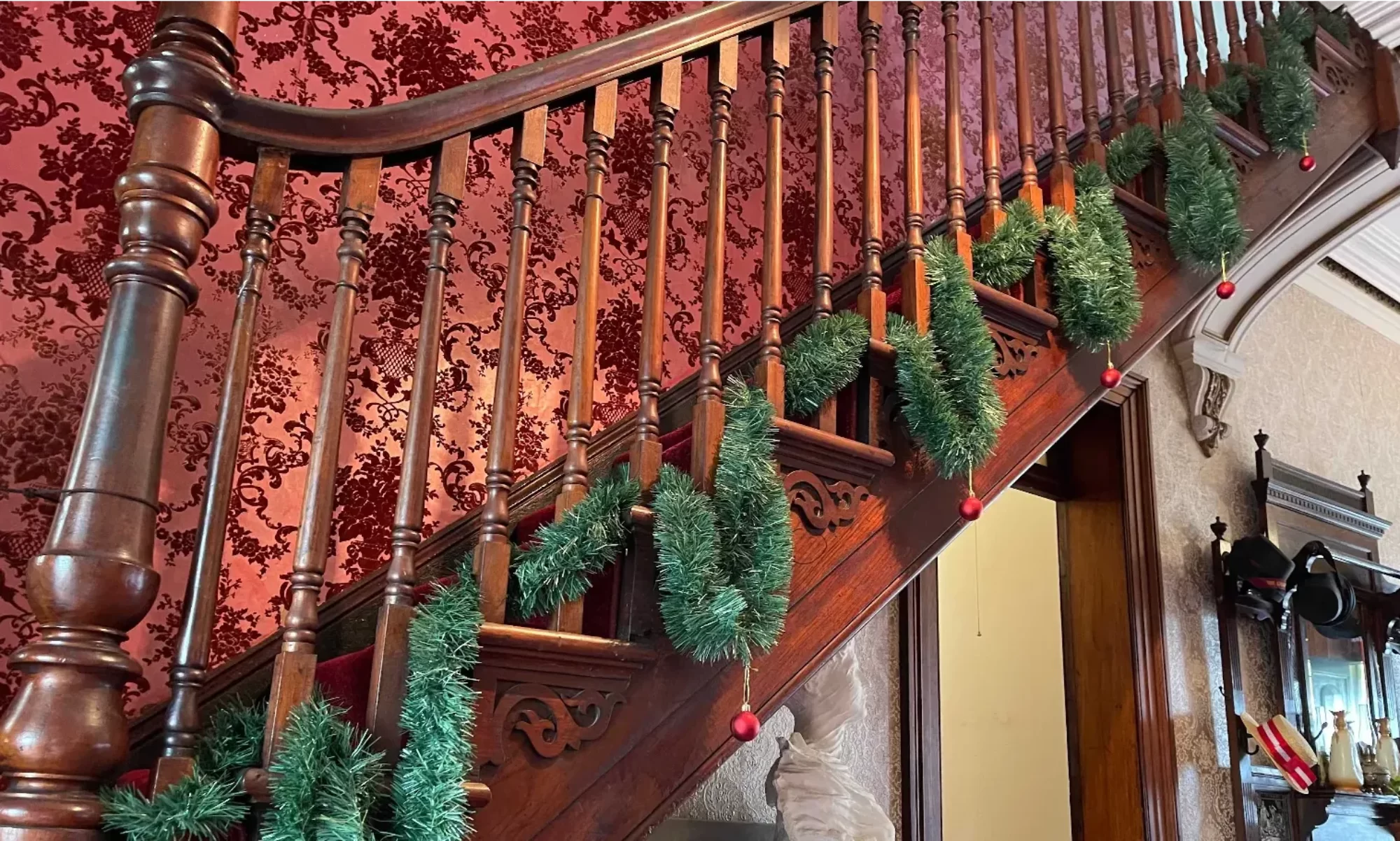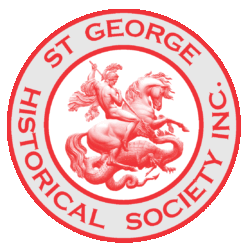As told by Mr. E. Fletcher, of Frederick Street, PenshurstMr. Fletcher was one of the pupils who enrolled in the opening day of the first Mortdale School, built in 1888.(Booklet obtained by courtesy of Mrs. J. Wotherspoon, Mortdale Public School.) Please note that some of the terms used in this article reflect the attitude of …
Captain James Cook R. N.
Written by Gifford & Eileen Eardley Please note that some of the terms used in this article reflect the attitude of the author or the period in which the item was written and may be considered inappropriate today. It is questionable if, after a lapse of some two hundred years, there still remains any undiscovered …
Designing and Dangerous Men: The Story of the Transported Cato Street Conspirators
The Cato Street Conspiracy of 23 February 1820 was an attempt by a group of radicals to assassinate the British Cabinet while they dined at the house of Lord Harrowby in Grosvenor Square, Mayfair, London.This act aimed to precipitate a revolution, depose the King, change Britain into a people’s republic, and liberate Ireland. The conspiracy …
Henry Kinsela – Gentleman
based on some recollections of Mrs. A. B. Christison In the mid 1880’s Henry Kinsela took up 27 acres of timbered land at the junction of Forest and Stoney Creek Roads. Here he built a gracious two-storied mansion “Kinsel Grove”, which faced east with a delightful view of Botany Bay. The entrance gates were in …
Rocky Point Road
by Philip Geeves F.R.A.H.S. District Historian The majority of our pioneers made their homes along the Rocky Point Road. At the time of which we are speaking this road was primitive and often dangerous. The Rocky Point Road ran from Cook’s River Dam to Rocky Point, or Sans Souci as we call it today. It …

